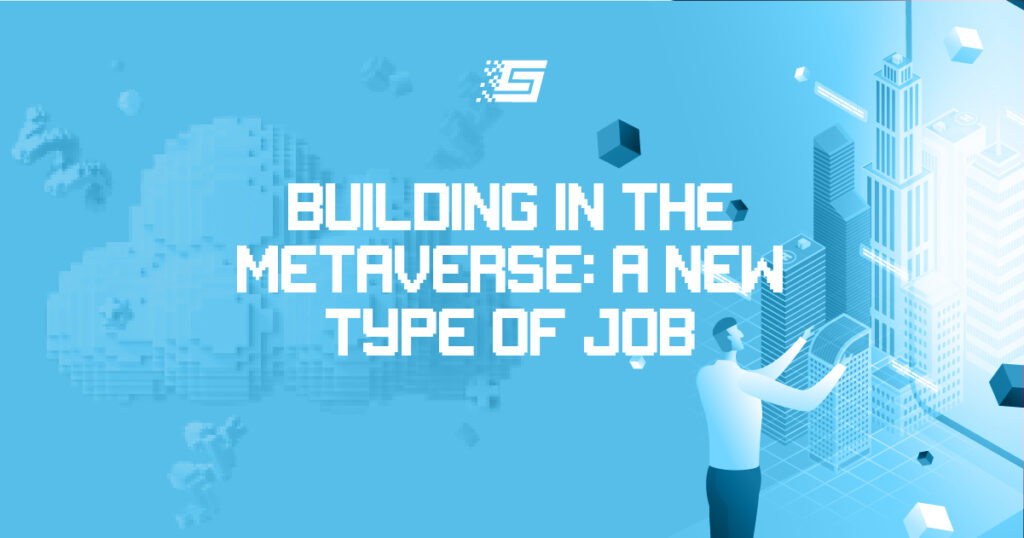Meetings In The Metaverse
The metaverse is a revolutionary new approach to having meetings and communication remotely. But would it be a viable alternative to our current meeting formats, or would a hybrid approach be preferable?
Since Facebook’s rebranding to become Meta, everyone’s attention has been drawn to the metaverse. Aside from gaming, the metaverse offers unprecedented opportunities to meet and collaborate with people staying far away. But could board members make presentations with avatars while wearing a VR headset? Would the dialogues in the metaverse be taken seriously? Research by Boardable found that the traditional boardroom C-suite executives are now more geographically dispersed than they have ever been before. Meanwhile, emerging technologies such as the metaverse have created virtual reality tools for linking board members digitally. Organizations have initiated debates on whether the metaverse can become a major venue for social and business gatherings over the coming years. Board meetings are mission-critical for many companies and demand full participation and collaboration from all involved to stay effective.
Running Board Meetings In The Metaverse
Can the metaverse maintain the gravity and interest that board meetings command? “The metaverse is inevitable,” says Ashish Agrawal, co-founder of Lepasa. “This thought is becoming more and more accepted across the world, be it the corporate world, brands dealing in the luxury category, or financial institutions.” She thinks many companies are currently figuring out a metaverse strategy that could work for them. She points to the last couple of years of social distancing as making virtual meetings more frequent and relevant, saying: “Participants of such meetings have started taking them as seriously as personal meetings. The recent developments around virtual reality are focused on better immersive experiences where your VR can reflect your facial expressions through your avatar.”
Farheen Ahmad, founder & CEO of Interality, thinks that the level of collaboration that is required for mission-critical board meetings far exceeds the ordinary organizational interactions between managers, employees, and peer groups. “This is exactly where the relevance of the metaverse and its immersive technologies comes into the picture.” She says that the new-age technology allows C-suite an effective platform for people to meet remotely yet collaborate closely and engage in making important strategic decisions related to company affairs. The metaverse offers multidimensional interaction capabilities to help board members ideate, plan, and execute projects with desired efficiency and effectiveness. “Furthermore, real-time monitoring and tracking capabilities offered by the metaverse in interactive 3D paradigms ensure that the top echelons of companies make insightful decisions amidst fast-changing business environments,” she added.
Does presenting through a VR headset with avatars sound realistic? Co-founder of Roadcast, Rahul Mehra, says, “The metaverse and the world pivoting towards digitization across work culture is the future. Several companies have begun experimenting with the metaverse for meetings. The increased ease and connectivity that the metaverse offers means board meetings and employee interaction from orientations to training are finding their place in the metaverse.” That being said, the metaverse will take some time before it materializes. It is still in a very nascent age, Mehra adds.
Anshul Agarwal, the co-founder of XR Central, says that board members or employees will not be disconnected from the physical world thanks to the capabilities of 5G along with the data processing power of the metaverse. “The metaverse will help board members see their surroundings, interact with colleagues and employees in real-time, and over time, with touch, taste, and smell while engaging via virtual reality.”
According to Ahmad, the technology has evolved to the extent that digital twins of board members can be created with ease, and interactions can be made with the digital avatars of C-suite members in a smooth and seamless manner. “The avatars and proxies of board members can be used to channel the flow of information. With the assistance of real-time conversation capabilities, metaverse platforms could help top executives to be able to present and participate remotely in discussions and deliberations of strategic importance.” The question is whether organizations have access to these new-age capabilities. If yes, then there is no stopping them from making the most of digital avatars in remote meetings and interactions, she avers.
Would it be preferable for companies to take the hybrid route? Ahmad Agarwal points out that it’s important to learn about the new features and use cases of the metaverse so that a hybrid or virtual board could be part of knowledge creation and invest in extended reality solutions in the workplace. It’s not easy to convince technology-phobic people to invest in new technology, but with education and advocacy, they can quickly be made to see the high ROI of metaverse technology adoption. Thanks to the interactive and immersive experience the technology offers, the metaverse will change the face of work culture in the coming years, including how C-suite executives work and collaborate, Agarwal says. “That being said, the importance of a hybrid board will remain intact, and in the cases of decision-making that require close coordination and collaboration, virtual boards will continue to find their engagement. Functional procedures and operational mechanisms that require continuous monitoring and tracking in real-time will also help virtual boards maintain their relevance amidst the growing footprints of metaverse technology.” Ahmad believes organizations will continue to have opportunities on both fronts. By optimally dividing board members into virtual and hybrid teams, they could have the best of both worlds.
Conclusion
A whole lot more needs to be addressed, discussed, and agreed upon before the work culture can completely shift to the metaverse, says Mehra. “Companies need to have practice runs to help board members understand the key steps of going online in the metaverse.” It should be a safe place for everyone while ensuring there is no loss of communication/interaction in virtual reality meetings and other collaborations. Besides this, another major bottleneck is the active presence of employees in virtual meetings. Board meetings can be critical for the collective good of a company. Laying out certain rules beforehand and ensuring activities that call for enhanced attention engagement can help ensure successful board meetings within the metaverse in the future.


